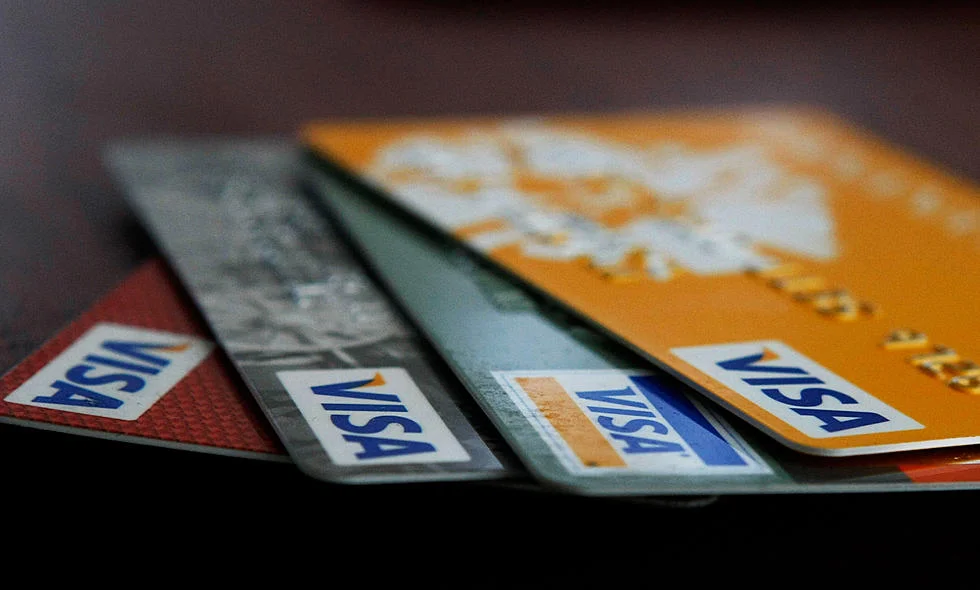Have you ever wondered why your credit card issuer charges an APR of 10.82%? Credit cards have become an essential financial tool for millions of people worldwide. They offer convenience, security, and flexibility for making everyday purchases, covering unexpected expenses, or even enjoying your dream vacation. However, the world of credit cards can be confusing, especially when it comes to understanding the APR (Annual Percentage Rate) that your credit card issuer charges.
In this guide, we’ll break down the concept of APR and explain why a credit card issuer might set it at 10.82% or any specific rate. We’ll also provide actionable advice and practical solutions to help you make informed decisions, manage your credit card effectively, and potentially save money. So, let’s dive in and unravel the mysteries of credit card APR!
What is APR, and Why Does a Credit Card Issuer Charge 10.82%?
APR Unveiled
First things first, what is APR? Annual Percentage Rate is the cost of borrowing money on a credit card expressed as a yearly interest rate. It includes not only the interest rate itself but also any additional fees or charges imposed by the credit card issuer. The APR is a vital piece of information because it determines the cost of carrying a balance on your credit card.
Why 10.82%?
Now, let’s tackle the intriguing question: Why does a credit card issuer charge an APR of 10.82% or any specific rate? Well, credit card companies determine their APRs based on various factors, including:
- Creditworthiness: Your credit score plays a significant role in determining the APR. If you have an excellent credit score, you’re more likely to be offered a lower APR, which can be significantly less than 10.82%. On the other hand, if your credit score is lower, you may be offered a higher APR.
- Market Conditions: Credit card issuers pay attention to the current economic environment. Factors like the Federal Reserve’s benchmark interest rate, inflation rates, and the overall state of the economy can influence the APR they set.
- Competition: Credit card companies often adjust their APRs to stay competitive in the market. They may lower their APRs or offer promotional rates to attract new customers or retain existing ones.
- Cost of Funds: Credit card issuers need to cover their costs, including administrative expenses, fraud prevention, and the funds they lend. The APR accounts for these operational costs.
- Regulatory Requirements: There are legal and regulatory constraints on how credit card issuers can set their APRs. These regulations aim to protect consumers from unfair practices.
- Profit Margin: Credit card companies are in business to make a profit, and the APR is a key part of their revenue. It needs to strike a balance between covering costs and generating income.
Remember, the 10.82% APR is not a one-size-fits-all figure. Different credit card issuers may offer various APRs, and the specific rate you receive depends on your individual circumstances and the credit card you choose.
Factors That Influence Your Credit Card APR
Understanding your credit card‘s APR is essential, but it’s equally important to grasp what factors can influence this rate. Let’s break it down:
- Credit Score – Your credit score plays a significant role in determining your credit card APR. A higher credit score often leads to a lower APR, as it indicates that you are a responsible borrower. Conversely, a lower credit score may result in a higher APR.
- Economic Conditions – Economic factors can impact the overall interest rates set by the Federal Reserve. When interest rates rise, credit card APRs may also increase.
- Introductory Offers – Credit card issuers may offer lower introductory APRs for a specific period to attract new customers. These rates can change after the introductory period ends.
- Type of Credit Card – Different types of credit cards, such as rewards cards or secured cards, may come with varying APRs. Rewards cards may have higher APRs to compensate for the rewards offered.
Practical Solutions for Managing a 10.82% APR
Now that we’ve established what a credit card issuer charging an APR of 10.82% means and what factors affect it, let’s explore practical solutions for managing this situation effectively.
1. Improve Your Credit Score
A key step in reducing your credit card APR is to improve your credit score. Here’s how:
- Pay your bills on time: Timely payments demonstrate responsibility and positively impact your credit score.
- Reduce outstanding debt: Lowering your credit card balances will improve your credit utilization ratio, a significant factor in your credit score.
- Monitor your credit report: Regularly review your credit report for inaccuracies and dispute any errors you find.
2. Negotiate with Your Credit Card Issuer
Don’t be afraid to contact your credit card issuer to discuss your APR. Sometimes, a simple phone call can lead to a lower rate. Here’s how you can approach this:
- Be polite and respectful: Explain your situation and express your desire for a lower APR.
- Mention your loyalty: If you’ve been a long-term customer with a good payment history, let them know.
- Shop around: Research other credit card offers and mention them as potential alternatives. This may incentivize your current issuer to lower your APR.
3. Transfer Your Balance
Consider a balance transfer to a credit card with a lower APR. Many credit cards offer introductory 0% APR on balance transfers, providing an excellent opportunity to consolidate and reduce your debt.
- Compare balance transfer offers: Look for cards with a 0% introductory APR for the longest period and the lowest balance transfer fee.
- Pay attention to the fine print: Understand the terms and conditions of the balance transfer, including what happens when the introductory period ends.
4. Pay More Than the Minimum
Paying only the minimum amount due each month can result in a never-ending cycle of debt. To make significant progress in reducing your credit card APR, you need to pay more than the minimum.
- Create a budget: Assess your financial situation and allocate more funds toward paying down your credit card debt.
- Snowball or avalanche method: Choose a debt repayment strategy that works best for you. The snowball method involves paying off the smallest balance first, while the avalanche method targets the highest APR debt.
FAQs: Your Burning Questions Answered
Q1: Is a 10.82% APR considered high or low?
Answer: A 10.82% APR is considered moderate. Credit card APRs can range from as low as 0% for promotional periods to over 25% for individuals with lower credit scores.
Q2: Can the credit card issuer change my APR?
Answer: Yes, your credit card issuer can change your APR, but they are required to notify you in advance. However, if you make payments on time and maintain a good credit score, they are less likely to increase your rate.
Q3: How can I calculate the interest charges on my credit card with a 10.82% APR?
Answer: You can calculate the interest charges by multiplying your average daily balance by the daily periodic rate (APR divided by 365) and the number of days in your billing cycle.
Q4: What happens if I don’t pay my credit card balance in full?
Answer: If you carry a balance on your credit card, you’ll be charged interest at the APR rate. This can lead to increased debt and financial strain.
Q5: Should I close a credit card with a 10.82% APR if I don’t use it?
Answer: Closing a credit card can impact your credit score negatively. It’s often better to keep the card open and use it occasionally to maintain a good credit history.
Conclusion
Understanding why a credit card issuer charges an APR of 10.82% is crucial for managing your finances effectively. By knowing the factors that influence your APR and following the actionable advice provided in this guide, you can make informed decisions about your credit card use. Remember that the APR is not set in stone, and there are steps you can take to potentially lower it or minimize its impact on your financial well-being.
Ultimately, managing a credit card with a 10.82% APR or any APR is about making responsible financial choices, monitoring your spending, and staying informed. By taking action today, you can be on your way to a more secure financial future.






